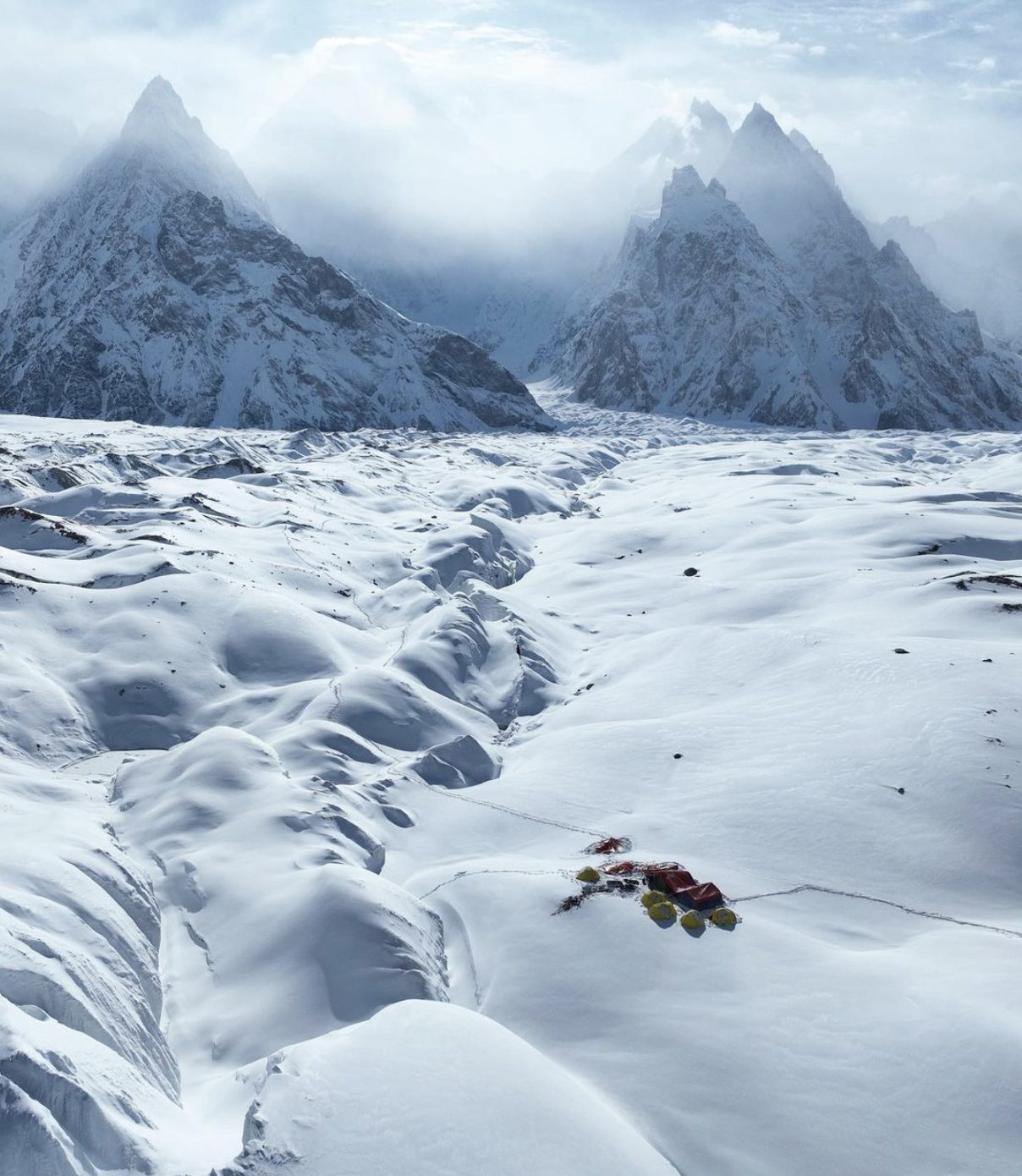
Flamingos, pelicans, and crocodiles thrive in the intricate network of marshes and mangrove forests at the mouth of the Indus River. As the fourth largest river in Asia, its muddy silt-rich water has traveled a long way from its headwaters in the Himalaya roughly 2,000 miles away. Tracing the Indus backward from its mouth, the river flows from the Arabian Sea through the arid farmlands of Pakistan, which nourish millions of people. Once in India, it slices through lush deciduous and evergreen forests in the Kashmir Valley before climbing thousands of vertical feet onto the high desert of Ladakh near the border with China. Finally, it arrives back at its birthing grounds at Lake Mansarovarar, 15,060 feet above sea level on the Tibetian Plateau. The lake is planted at the base of Mount Kailash, a 21,778-foot peak shrouded in mystery for centuries as the dwelling place of the Hindu god Shiva the Destroyer. Every year Hindus from all over India travel to Kailash to undertake pilgrimages and circumambulate the sacred mountain, believing that by trekking in a circle over the course of several brutally exhausting days at high altitude they can cleanse themselves of worldly sin; a holy journey that is referred to as the Kailash Parikrama. Luke Smithwick, too, visited this region of the Himalaya surrounding Kailash in 2018 for the sake of his own holy journey—it just wasn’t the same one as most of the other visitors.
Originally from North Carolina, 44-year-old Luke Smithwick climbs, skis, and guides on the world’s tallest mountains for a living. He is the founder of the Himalaya 500 project, a monolithic undertaking to ski and document 500 descents in the Himalaya. I took a phone call with Smithwick in November 2022 when he was back in his home in the Tetons near Victor, Idaho, where he spends extended periods of time in between expedition seasons. He told me that his long-term goal with the Himalaya 500 is to create a spatial publication that will be organized by region and serve to unravel the diverse snow climates, terrain, and natural history that define each area of such a large range. Once completed, it will effectively be the first guidebook for skiing in the Himalaya ever published. The project officially took flight in 2010 when Smithwick first moved there, however, his original inspiration goes back even further to almost an entire decade before he ever started climbing and skiing in the highest mountain range on Earth.
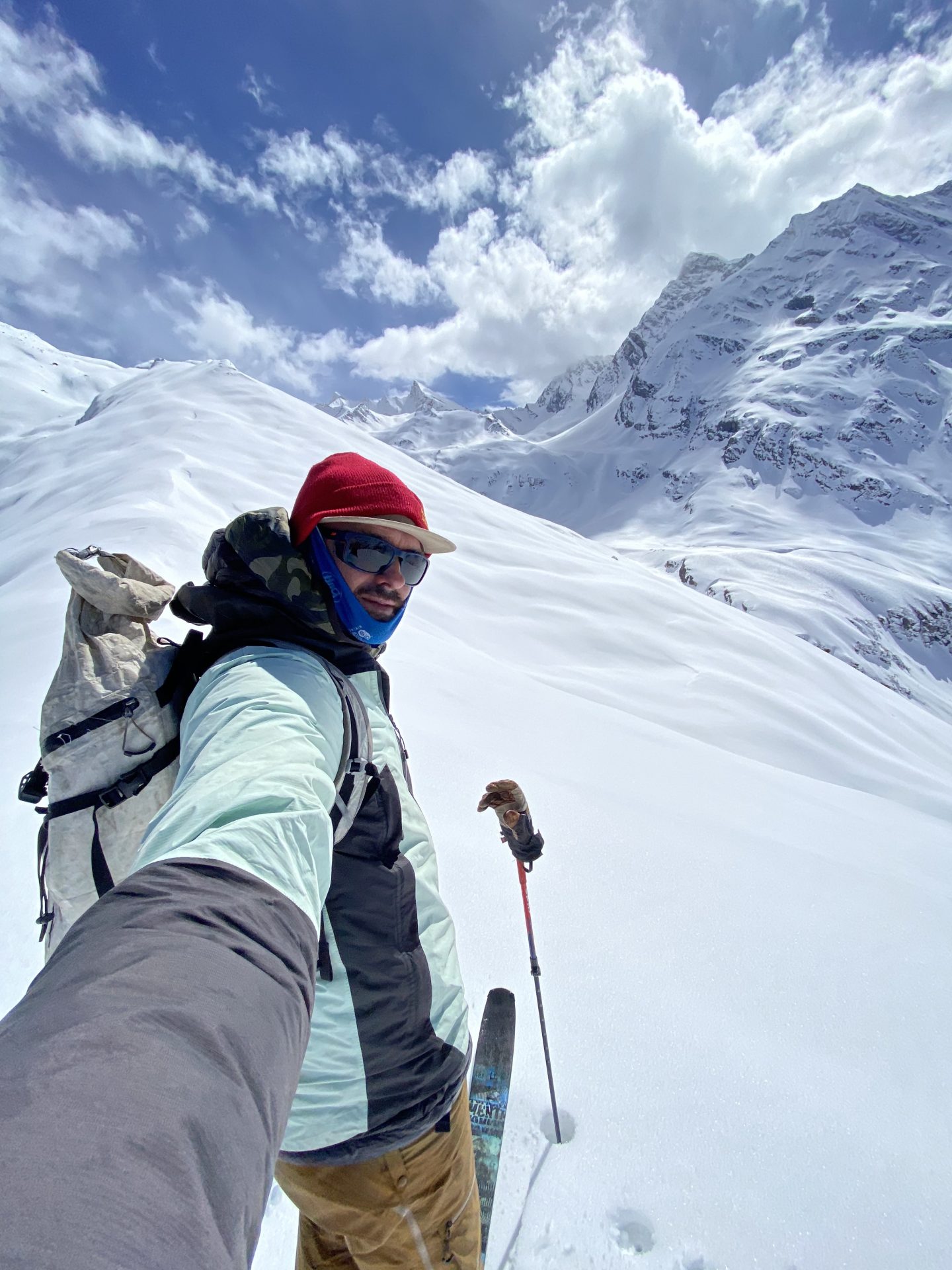
“I saw the scale of things there. Everything is just so massive,” Smithwick recalled. He was 19 at the time. On an extended break from school, Smithwick was taking a six-month backpacking trip through the Himalaya. He started in Nepal, traversing the Annapurna region west of Kathmandu before working his way north to the Langtang region. After months of wandering, he eventually ended up to the south in India’s Ladakh province. By then he saw the potential the Himalaya had for first ski descents, which at that time were still very few. Skiing had been taking place in the range for over a century already, predominately by visiting Westerners, yet there was still almost zero information about any good backcountry ski runs. It was a simple mystery that stared him in the face; why did one of the largest mountain ranges on the planet have some of the fewest skiers? Smithwick’s trip eventually ended and he went back home to the United States to finish college. Although he may not have known it at the time, he was profoundly changed by what he saw.
After graduating from CU Boulder with a double major in Environmental Biology and Cultural Anthropology, Smithwick moved to Girdwood, Alaska, where he dove head first into the mountaineering world and began his career as a ski guide in Alaska’s Chugach Range. Along the way, he obtained credentials as an AIRIE-certified mountain guide and wilderness first responder, learning the ins and outs of an environment that is constantly trying to find ways to kill him. But after learning about avalanche safety and working as a guide in Alaska for almost 10 years, he still couldn’t shake the feeling he had brought back with him from his initial trip to Asia. So in 2010 he sold off what he didn’t need, packed up his things, and headed off for the Himalaya.
Smithwick relocated to Kathmandu and began running guided trips in Northern India. Initially focused on climbing, he soon integrated his experiences from Alaska and started exploring skiing options in the Himalaya in his free time between expeditions.”It’s just not really on people’s radar for skiing,” Smithwick told me. “I just came to realize, there’s a lot.” Then the Himalaya 500 was born, sparked from the same embers that ignited Smithwick’s soul and told him to drop everything and move to Nepal.
The Himalaya 500 is composed of 500 hand-selected ski lines that span across Tibet, Nepal, Pakistan, and Northern India. These are not your average ski runs. The lines are perched as high as 26,000 feet above sea level and descend to as low as 8,500 feet. Smithwick explained that he didn’t have an exact rhyme or a reason as to the number 500, but just that if he skied an “absurd” amount of ski descents for a future publication he’d be able to make known to the ski industry at least 20-30 new ski lines of utterly iconic, classic status, among the likes of the classic runs shared in publications like The 50 Classic Ski Descents of North America. Apart from the skiing itself, Smithwick aims to really show an area with his work by examining its geology, analyzing its snowpack, and understanding how each zone is inherently unique as compared to others within the massive 1,500-mile-long Himalaya Range. “These 500 lines—all of them aren’t going to all be beautiful, iconic things. But it’s exploratory skiing,” Smithwick said.
His expeditions are often Herculean tasks. Trips to ski lines located above 26,000 feet can last four to six weeks at a time and the challenges are complex with remote locations, vicious weather, no pre-existing guidebooks, and a lack of avalanche forecasting resources or basic rescue services. A lot of these lines are first descents, including several that he documented at the 20,000-22,000 foot elevation in an area not far from the sacred Kailash in 2018. Travel logistics can be a nightmare, Smithwick says, and he often has to travel on horseback for days through wilderness just to establish base camp. Saying that timing is ‘critical’ in the Himalaya is a massive understatement.
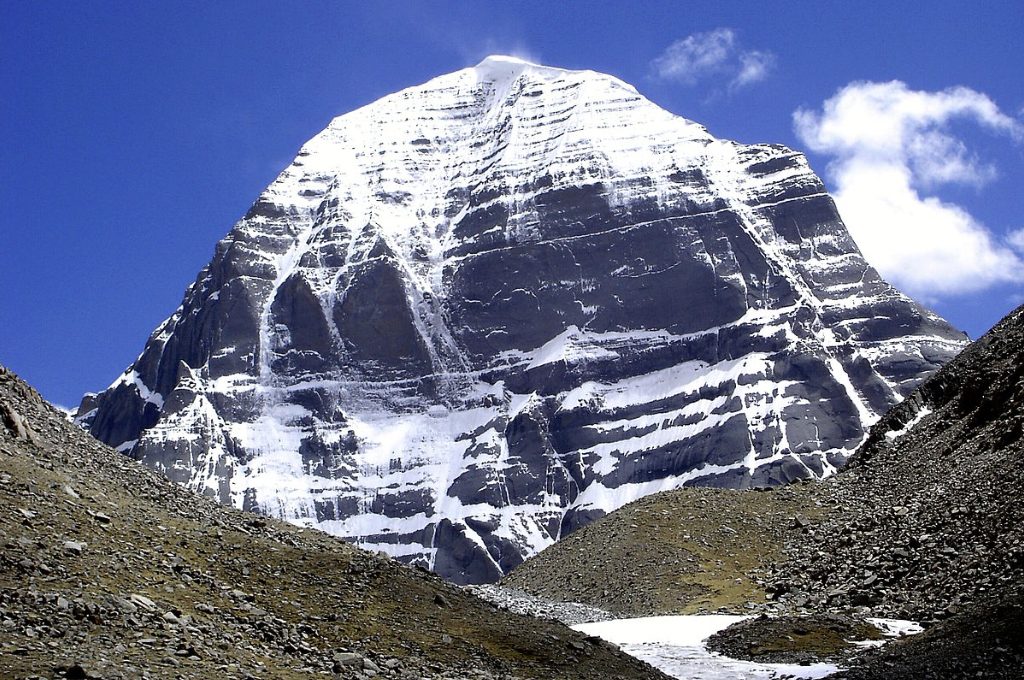
Smithwick meticulously plans his year every December based on seasonal weather trends. He told me that regions like Kashmir in Northern India and Humla in Western Nepal offer the best mid-winter conditions and are great for powder skiing, so he usually starts his season ticking off lines there in early January. As the season progresses and the snowpack trends toward stability, Smithwick will then hop on a plane to Pakistan to ski long, steep lines in the Karakoram for most of March and April, or head to the Annapurnas in Nepal to ski large runs in powder snow conditions. He has to frequently make fast decisions, weighing options and strategizing where to head next all based on current weather and snow conditions. Come late springtime when the powder conditions depart and a proper corn cycle starts, Smithwick shifts his gaze toward larger objectives in India above 20,000 feet. From June until September, he’s completely focused on high-altitude expeditions in India, the Karakoram, or Tibet. He is planning weather windows, setting up high-altitude acclimatization camps, and mingling with local communities almost non-stop during these summer months. As he roams the Roof of the World, Smithwick meets diverse communities of people, each with their own unique life experiences who inspire him as energetically as the mountains he climbs.
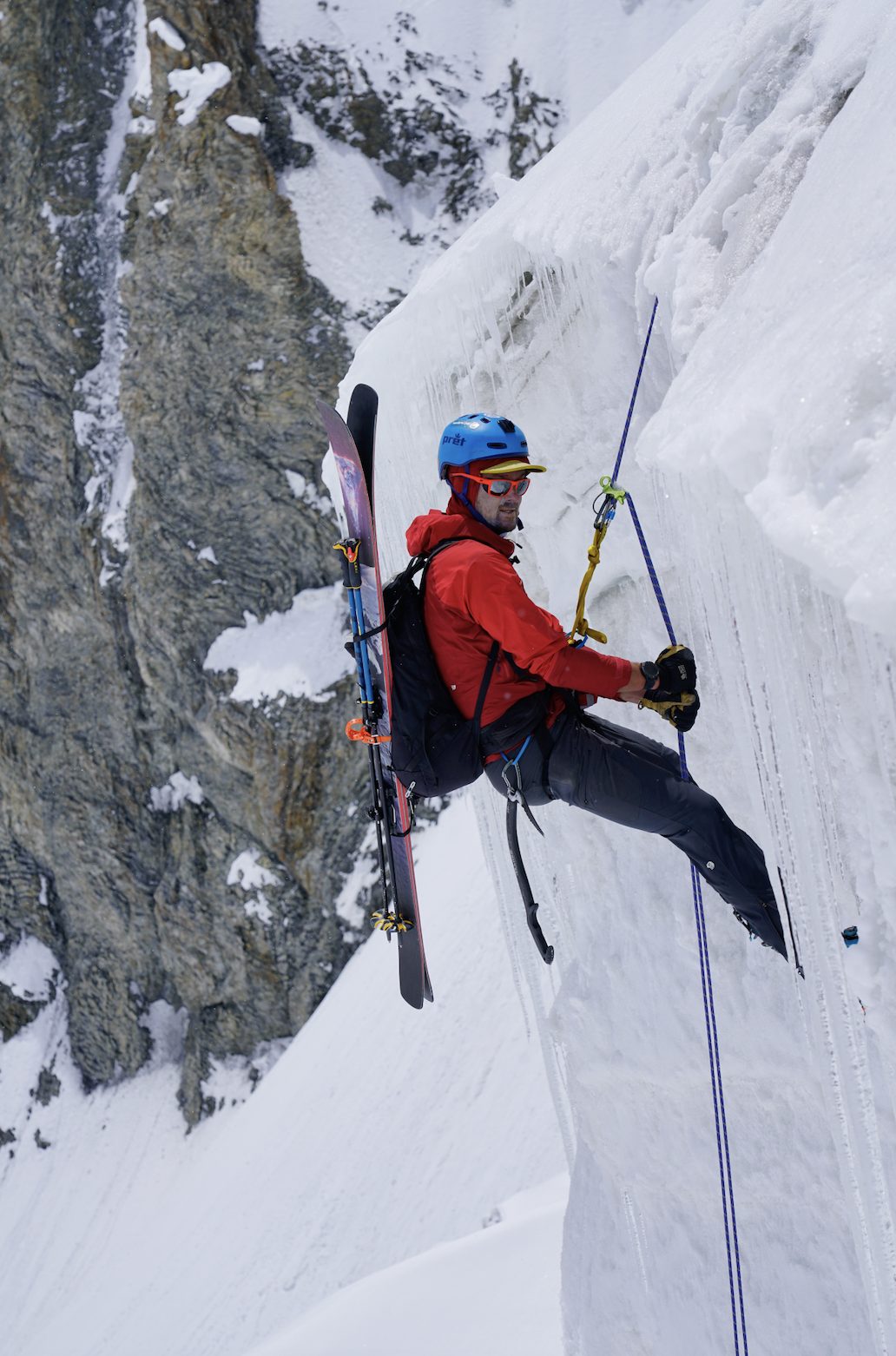
“The greatest thing about the Himalaya 500 Project is the people you meet,” Smithwick said with a tone that implied a smile. “What really keeps me going is just learning about all the people living in these regions and thriving. It’s fascinating to learn from people who are still living a subsistence existence, living off the land. It’s really inspiring.” The individuals Smithwick meets along the way are a critical part of the project. He engages with locals, learning from shepherds and relying on their invaluable knowledge of the mountains when no other such information exists on paper, weaving their wisdom into his expedition plans. He describes one process by which shepherds in remote regions of the Himalaya travel in the mountains via what they call “avalanche codes,” huge slides that break in the spring whose paths cross rivers and create natural 50 to 100-foot high bridges of debris. The shepherds know precisely where and when these avalanches will break each year and use the natural bridges to get to and from the high pastures where they graze their sheep. This intuitive use of the land is something Smithwick holds with great admiration.
The people he has met on his mission to ski the 500 have also incited another journey that reaches beyond the summits of the peaks he climbs. Smithwick and his team have started helping communities in the remote Himalaya by creating new ski areas in Nepal, India, and Pakistan. By bringing the joy of skiing to small rural communities and connecting people through sport, they are making an impact that enriches the lives of those who are living in chronic poverty.”The people you encounter and the experiences you have, you realize it’s an interactively, changing world that we are all doing the same thing in. It’s cool to bring people together through skiing.”
View this post on Instagram
In 2014, Smithwick and his team established the Kashmir Avalanche Association which trains professional patrollers up to AIRIE Level 2 Pro standards in Gulmarg, India. The program enhances safety in the region and empowers local experts in avalanche management. Smithwick also works with Gulmarg’s youth, educating them about avalanche safety through hands-on experiences in the mountains via a program he started called Outreach Himalaya. Supported by brand contributions from LEKI, COROS Global, and Scarpa North America, Outreach Himalaya’s aim is to foster a sense of community and create positive change among the younger generation of the Himalaya through skiing. Smithwick believes that skiing is one surefire way to promise a better future for many of these children. From training patrollers, giving community avalanche safety talks, and helping build new ski areas, none of this would have been possible if it weren’t for Smithwick’s initial vision for the Himalaya 500 thirteen years ago.
When I last spoke with Smithwick only a few days ago, it was over email and he was on an expedition to climb and ski 26,693 foot Manaslu, the eighth highest peak on Earth and the mountain that claimed the life of mountaineering legend Hilaree Nelson in September 2022. As he was preparing for what he described as an “acclimatization push” to 20,000 feet, he casually mentioned that he was currently more than halfway through with the Himalaya 500. He has conducted 94 expeditions in the range so far. One day, Luke Smithwick will sit down and put all of his documentation over the course of more than a decade of skiing and climbing in the Himalaya into a single publication. It will be a ridiculous amount of work. But what will come of it will be a Bible for skiing and snowboarding in the most immense mountain range this planet has to offer—one that will only strengthen the faith that a sport like skiing down big, tall, scary mountains will never stop evolving.
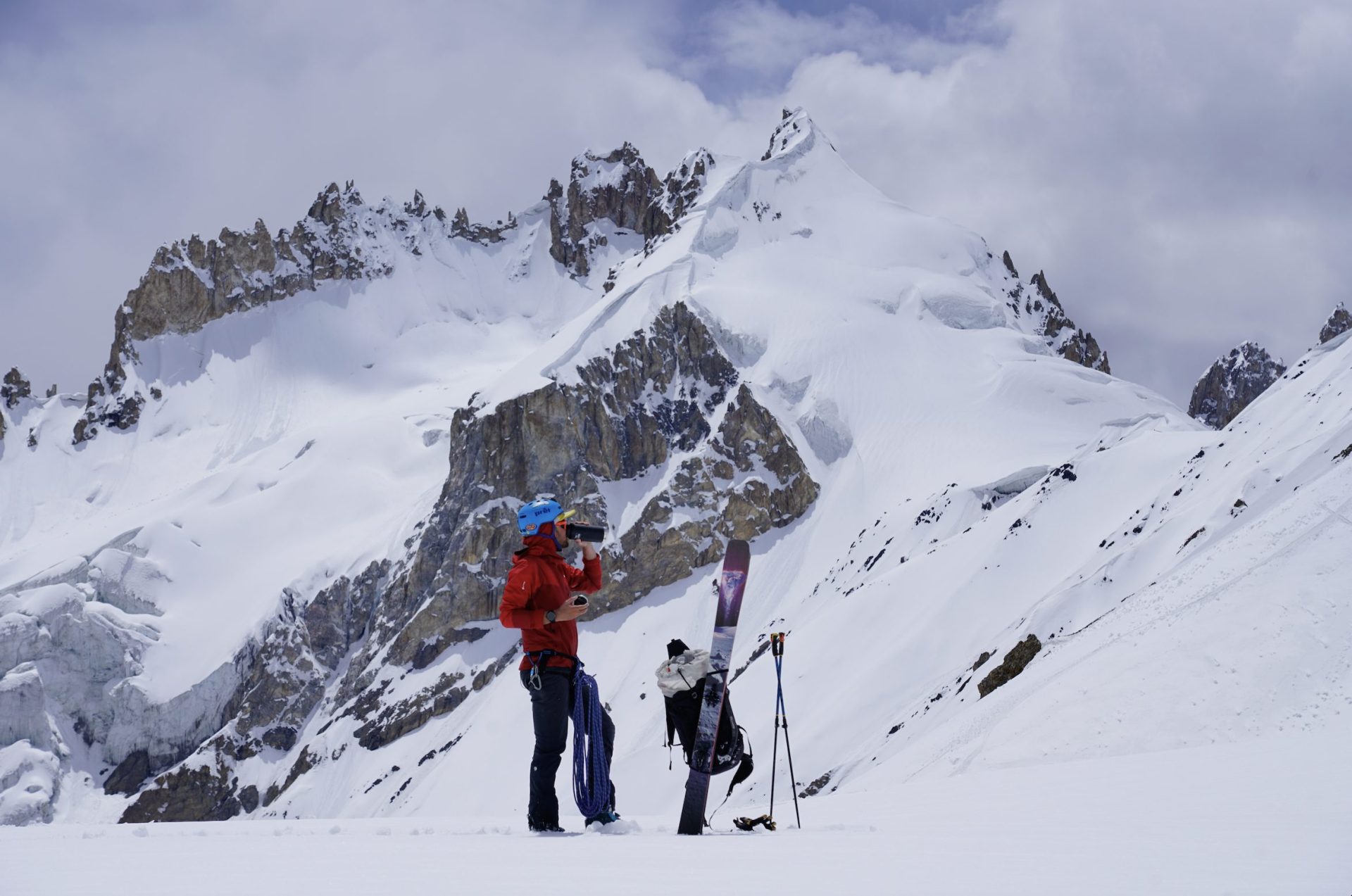
Incredible, fantastic …….